Southern California might seem like an unexpected place to produce spinning and weaving fiber, but people have been processing plant and animal materials here for thousands of years. San Diego is in the territory of the Kumeyaay people, who have lived here since time immemorial. The Kumeyaay processed milkweed, dogbane, agave, yucca, bark, and rabbit skins into garments, cordage, netting, and other items. Spanish colonization beginning in 1769 brought other resources for fiber: wool and cotton. The wool was from a breed of sheep called the Churro, which is a small, hardy breed that originated in Portugal. The breed is also called Navajo Churro, because their fleece is used by the Diné people to create their famous rugs and blankets.
By the time of Mexican independence in 1821, tens of thousands of Churro sheep were grazing the hills of Southern California. After shearing, their fleece was used in towns and on ranches to make rugs, blankets, and outer garments. I decided to create a garment for the Southern California Fibershed Project inspired by the history of the Churro sheep and the history of my region, San Diego.
The large shawl, inspired by a rebozo, can be draped over the head and shoulders for warmth. A rebozo is a Mexican shawl that covers the head and wraps around the wearer to ward off the wind and provide protection from indecent stares. A shawl similar to the one I made was probably a common sight in Old Town San Diego, which was part of Mexico from 1821–1848.
My shawl was made from 100% Churro sheep wool raised and processed locally in conformance with the Southern California Fibershed Project definitions. The Southern California Fibershed Project area consists of the region from San Luis Obispo to San Diego. The program encourages collaboration among fiber artists, processing mills, ranchers and farmers, and businesses. The goal is sustainability. Beginning in 2019, many members of the San Diego Creative Weavers Guild (SDCWG) decided to participate individually or as small groups to create garments through the fibershed project. I decided the individual approach was best for my creative vision.
The fiber I used was sourced from Desert Churro Rovings (Acton, CA) and Rancho Paradiso (Valley Center, CA), and processed into roving by Morro Fleece Works (Morro Bay, CA), which were considered to be within the Southern California fibershed. My husband, Michael Sampson, and I did all the handspinning in Old Town San Diego State Historic Park during living history presentations. The yarns are the natural color of the Churro sheep, which vary in wonderful ranges of white, cream, tan, brown, gray, and black. The sheep whose fleeces were used in the project are Anna, Checkers, Ram #5, Noah, and Coco. Noah’s fleece won a prize at the 2019 San Diego County Fair.
The yarns used in the shawl are singles. I wove the shawl on a Herald 45-inch 4-harness floor loom. Four harness looms were traditional to Spanish and Mexican California. The weaving is a plain weave structure with doubled selvedge edges. The ends are finished with fringe. The finished width is 28 inches, and the length is 108 inches without the fringe. I steam pressed the final garment to open up the fibers in the woven web.
The shawl was exhibited at the California Center for the Arts, Escondido, for the 75th anniversary of the San Diego Creative Weavers Guild. It is currently on long-term loan to Old Town San Diego State Historic Park, the place where it belongs.
Known as San Diego Fiber Artist, Susan Hector has been wound up in fiber since she was a young child. In addition to spinning, dyeing, and weaving, she grows fiber plants and has the only double flax break known to exist. She and her husband volunteer in the Living History program at Old Town San Diego State Historic Park, where they interpret 19th century textile production in period attire.


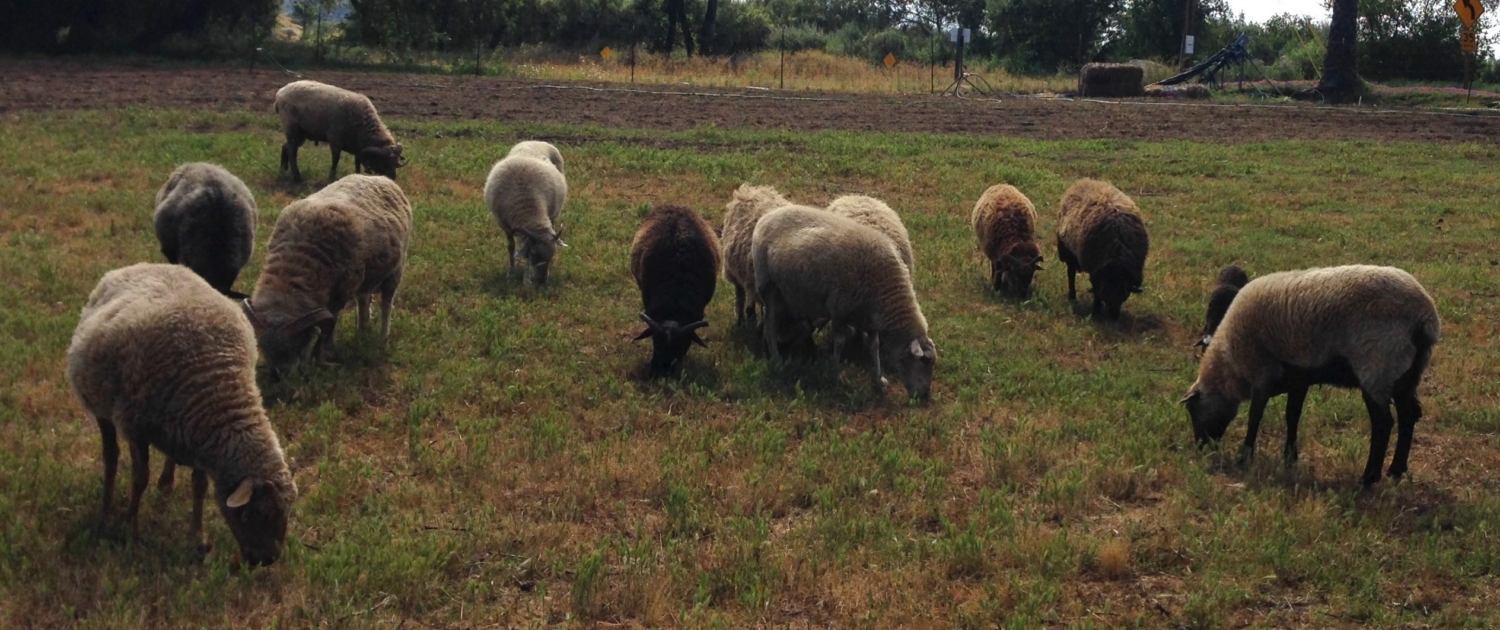
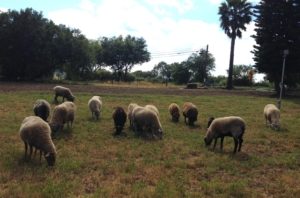
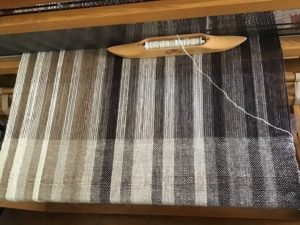
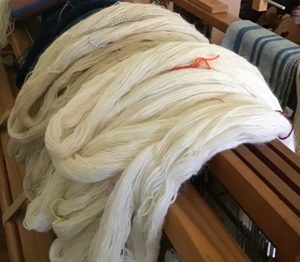
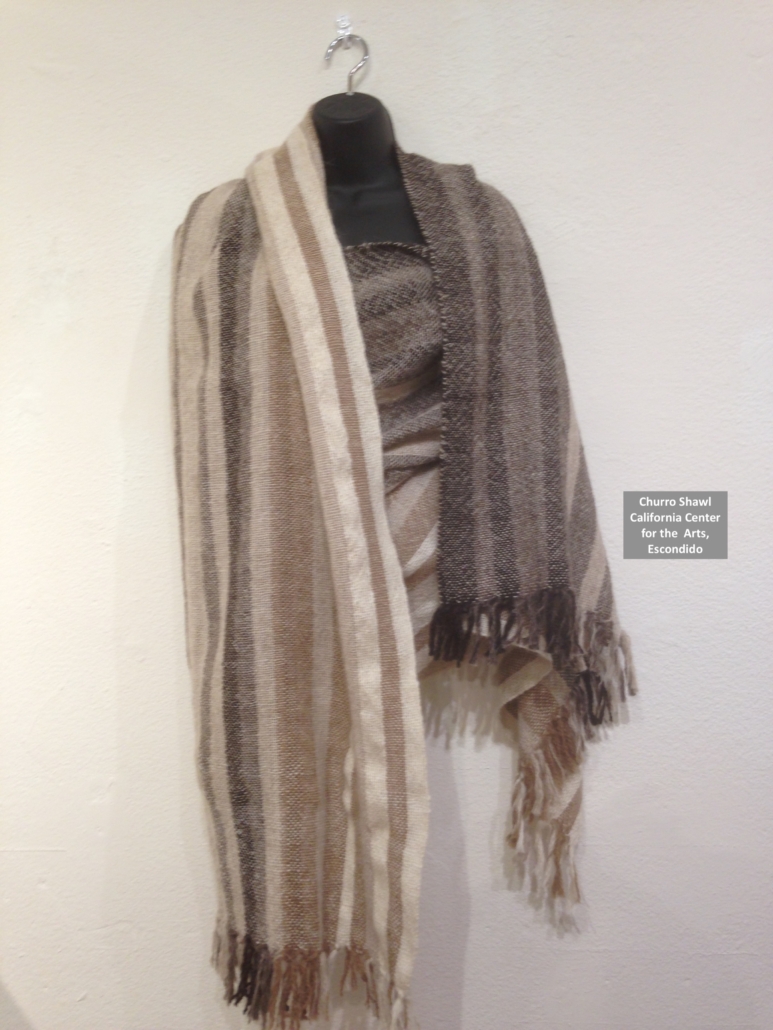


So enjoy all these activities. Great strides are being focused here! Raaaaa!!!!!! Raaaaa! Raaaa!